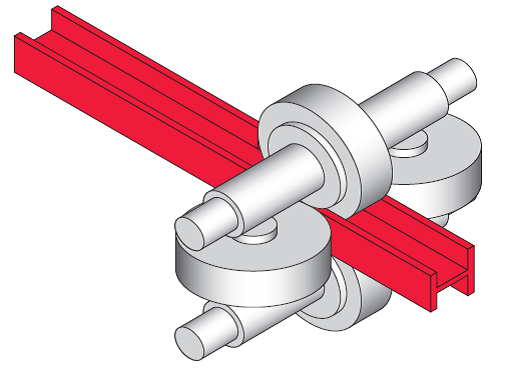
Plastic moment refers to the moment capacity or resistance of a structural member, such as a beam or a column, beyond which the member enters a plastic or fully yielded state. In this state, the material undergoes significant plastic deformation without any increase in load-carrying capacity.
To understand plastic moment, let's consider a simply supported beam with a rectangular cross-section. Initially, when the beam is subjected to increasing loads, it undergoes elastic deformation, meaning it bends but returns to its original shape once the load is removed.
However, as the load increases, the bending moment in the beam also increases. At a certain point, known as the plastic moment, the extreme fibres of the beam's cross-section reach the yield strength of the material. At this moment, the material in the extreme fibres begins to undergo plastic deformation, resulting in permanent changes in shape and size even after the load is removed.
The plastic moment carrying capacity of a section refers to the maximum moment that a structural member or a section can resist before it reaches its fully yielded or plastic state. It represents the ultimate capacity of the section to withstand bending forces without any further increase in load-carrying capacity.
The plastic moment carrying capacity depends on the material properties and the geometry of the section. For a given material, the plastic moment carrying capacity of a section can be determined by considering the plastic stress distribution across the section.
In general, the plastic moment carrying capacity of a section can be calculated using the following formula:
Mp = Zp * fy
where:
- Mp is the plastic moment carrying capacity of the section,
- Zp is the plastic section modulus, which represents the distribution of material away from the neutral axis, and
- fy is the yield strength of the material.
The plastic section modulus, Zp, is calculated based on the shape and dimensions of the section. It takes into account the location of the extreme fibres and their distance from the neutral axis of the section.


